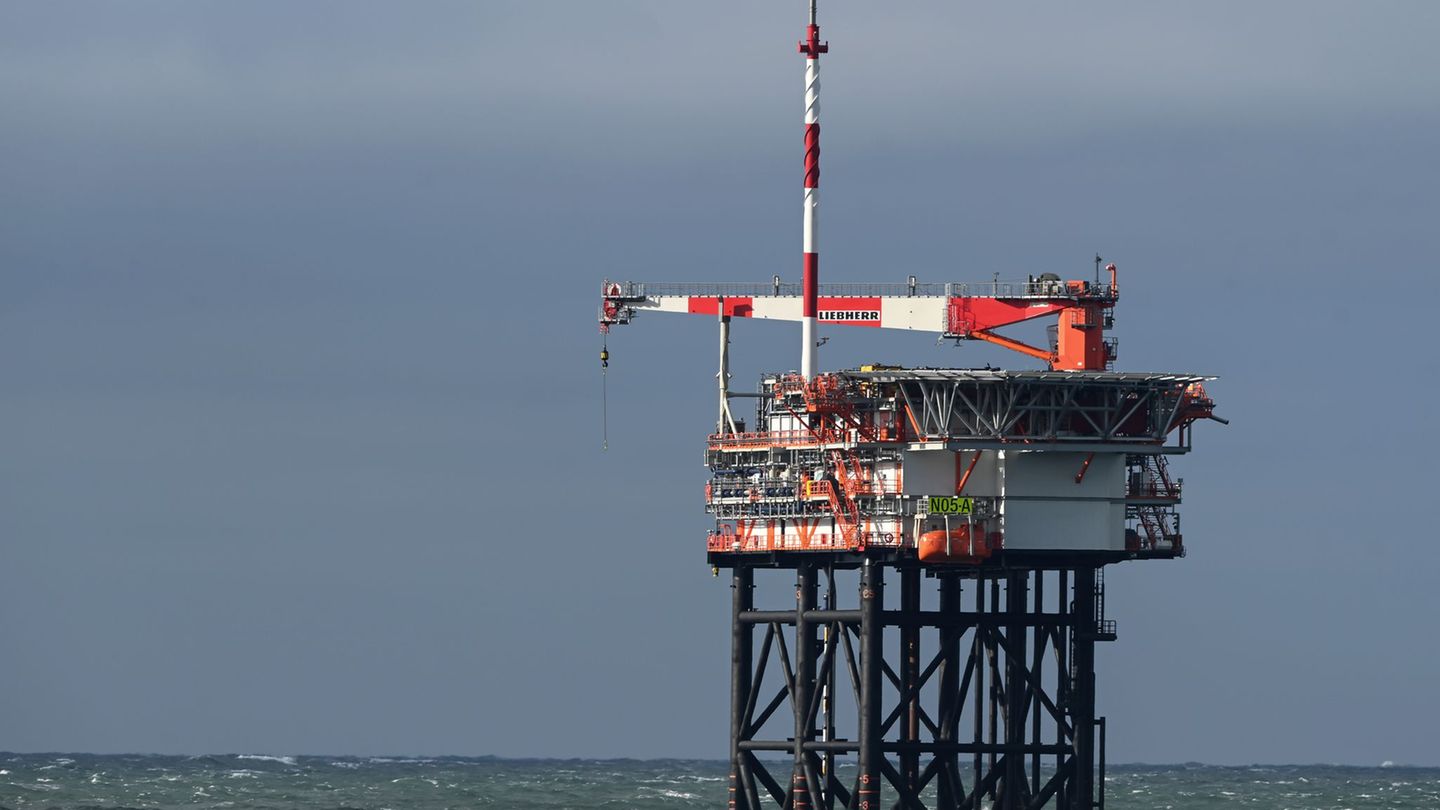Sergio Chouza, director of the Sarandí Consulting, stated that in the foreign exchange market it is seen that there is a moment of relative abundance, due to a greater availability of dollars in the formal market. “This is generating a relief in the financial dollars that are the ones that, ultimately, arbitrate the blue, so one tends to think that for the remainder of the second quarter there should be no upward pressure. If this happens in the financial market, the informal parallel market will probably follow the same stable dynamics”.
The agreement with IMF decompressed the tension in the foreign exchange market and acted as a stabilizer on the blue price, since after having reached maximum values on January 27, one day before the first payment to the international organization ($222), it settled around $200 . However, Christian Butler, financial analyst, questioned the current durability of the blue against the acceleration of inflation.
“It is very difficult to maintain exchange rate stability with inflation between 5% and 6% per month. It seems to me that it is not very consistent: if all prices in the economy rise at that rate, why shouldn’t the dollar (which is another price in the economy) rise at that level? Currently, I think they hit a bottom for both blues and financiers between $190 and $200,” Buteler said.
agreed in the analysis Alejandro Giacoia, economist at Econviews, “after the drop that occurred between February and March, we believe that the gap is at levels close to its floor, so there would not be much room for the parallel prices to continue falling. In case there is another rise in rates, which is likely, and a higher rate of devaluation, they could help the gap between the prices to compress a little more, but not much”.
Likewise, Chouza pointed out: “The alternative dollars have hit a cut greater than 10% nominal. If you add to that the inflation of these months around 30%, you are having a significant appreciation in these alternative dollars, nominally there is no more margin to cut.”
The keys
All economists agree that the government’s ability to meet the goals agreed with the IMF will be a key factor for the blue price to remain stable. However, Giacoia adds the factor of the availability of foreign exchange, mainly due to the increase in energy prices. On the other hand, both Chouza and Buteler point out that the acceleration in inflation will put pressure on prices.
“The stability of both the blue dollar and the CCL, being free quotes, depends a lot on the perceptions of the market. From now on, everything that has to do with the goals of the program with the Fund, its fulfillment and the quarterly reviews, are factors that can generate noise. Another issue that should be paid attention to is the availability of foreign exchange that the Central has. The increase in the price of energy and in particular of LNG will put strong pressure on international reserves, so it is likely that the stocks will be adjusted accordingly and this may affect alternative prices,” Giacoia said.
For its part, Buteler stated that one of the main factors to maintain stability is the issuance: “The pesos are the necessary fuel to buy the dollar. It helped in this quarter to have a lower issue of pesos, but the reality is that there are already many pesos issued. The market at some point is going to begin to perceive these cheap prices and is going to demand it and the price will go up that way. Also an important factor is lowering inflation, which unfortunately, on the contrary, instead of lowering it compared to February we have a new acceleration. The first one would be fulfilled, but in the second we are far away”.
Chouza warned that, with an economy that had almost 5% inflation in February and even more in March, exchange rate stability implies a significant real appreciation: “You are appreciating at 5% per month in the free parallel channels, which is an important number. So this won’t last long. What can happen is that it accelerates, but less than inflation, something similar to what happens with the official dollar, especially due to the fact that the currencies of neighboring countries are appreciating and that there is inflation in the world , besides in Argentina”.
Along these lines, he added: “There is a more macro aspect that is going to start to come together in the coming months, which is the progress of the state of the economy in general, and how the perspective of compliance with the Fund program progresses, in particular. The goals for the third quarter are the most demanding and the ones that can lead to greater pressure on the dollar if it is observed that the objective is far from being met or it looks complicated”.
Source: Ambito
David William is a talented author who has made a name for himself in the world of writing. He is a professional author who writes on a wide range of topics, from general interest to opinion news. David is currently working as a writer at 24 hours worlds where he brings his unique perspective and in-depth research to his articles, making them both informative and engaging.




